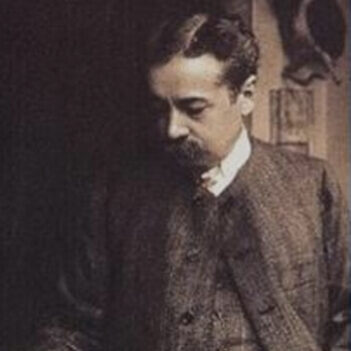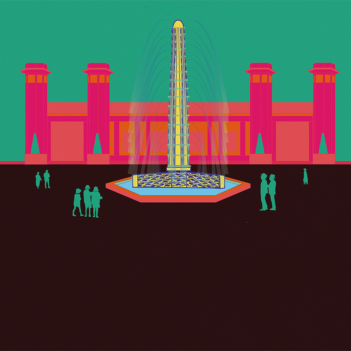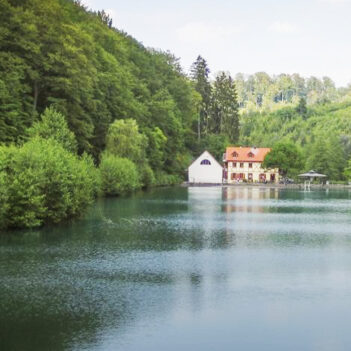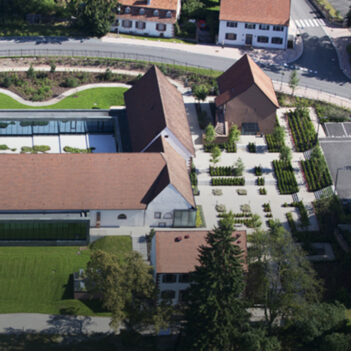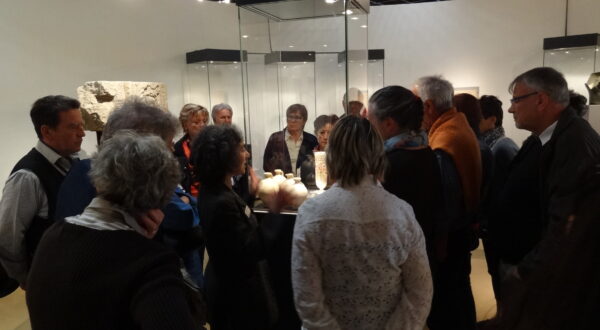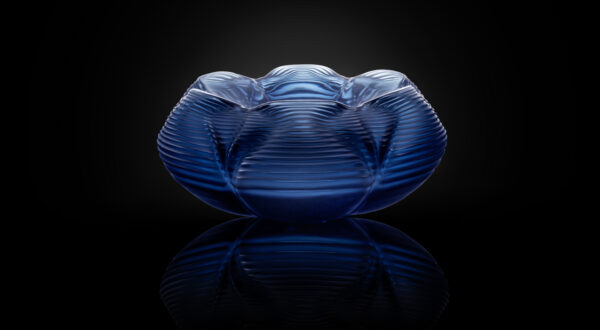René Lalique wanted to make beauty accessible to as wide a public as possible, and one solution was to use moulds in order to mass produce . In addition to objects such as perfume bottles, the museum shows glass objects in many different areas of life such as tableware, architecture, and interior decoration.
Glass in everyday life
One of René Lalique’s main motivations for setting up the factory in Wingen-sur-Moder in 1921 was to develop production of tableware. Many of the services produced in Alsace were named after local towns, such as Strasbourg, Mulhouse and Colmar. You can also see Mouettes, a service René Lalique created specially for the visit of the British monarchs in 1938.
René Lalique took glass into all areas of everyday life: he produced vases, lamps, statues and clocks, radiator caps for the cars of the Roaring Twenties, inkstands and mirrors, and continued to design and produce glass jewellery.
Monumental works
Monumental projects such as the Sources de France fountain in 1925 and the interior of the Notre-Dame-de-Fidélité chapel at Douvres-la-Délivrande, are among the examples of René Lalique’s architectural achievements that you can discover via films and photos in various spaces within the museum.

